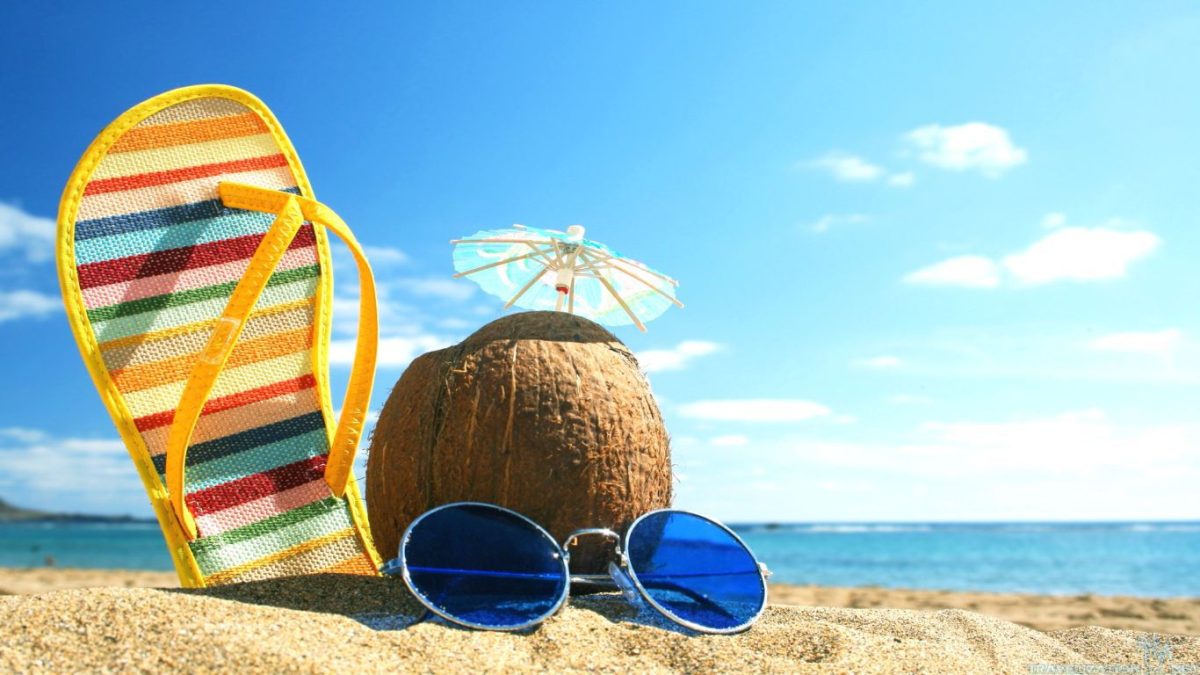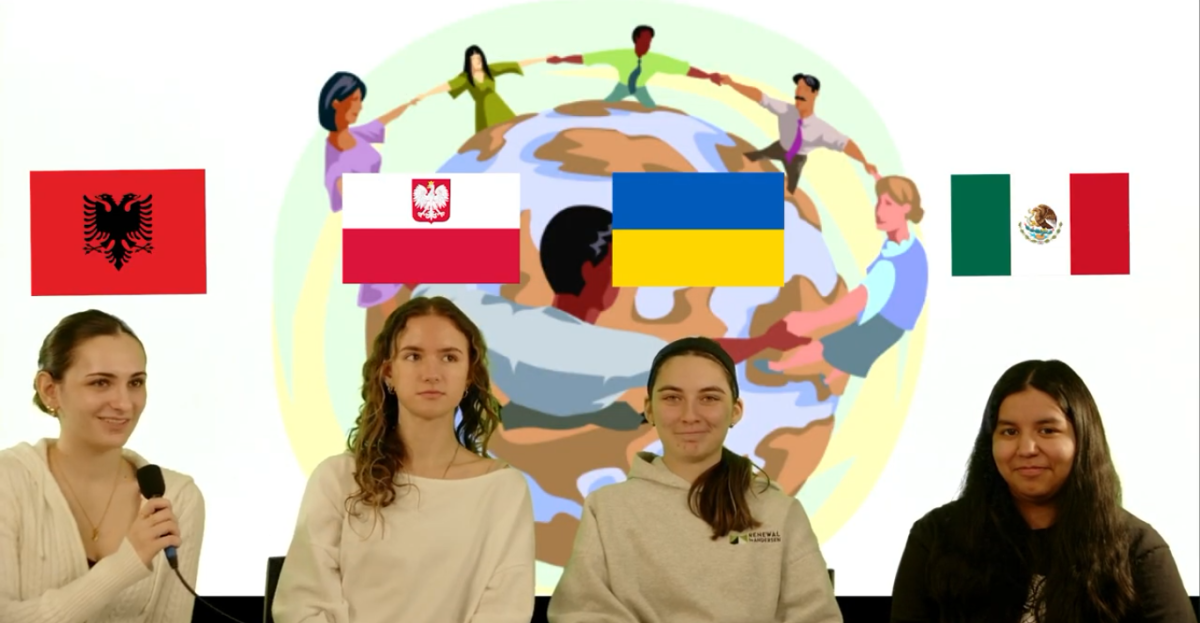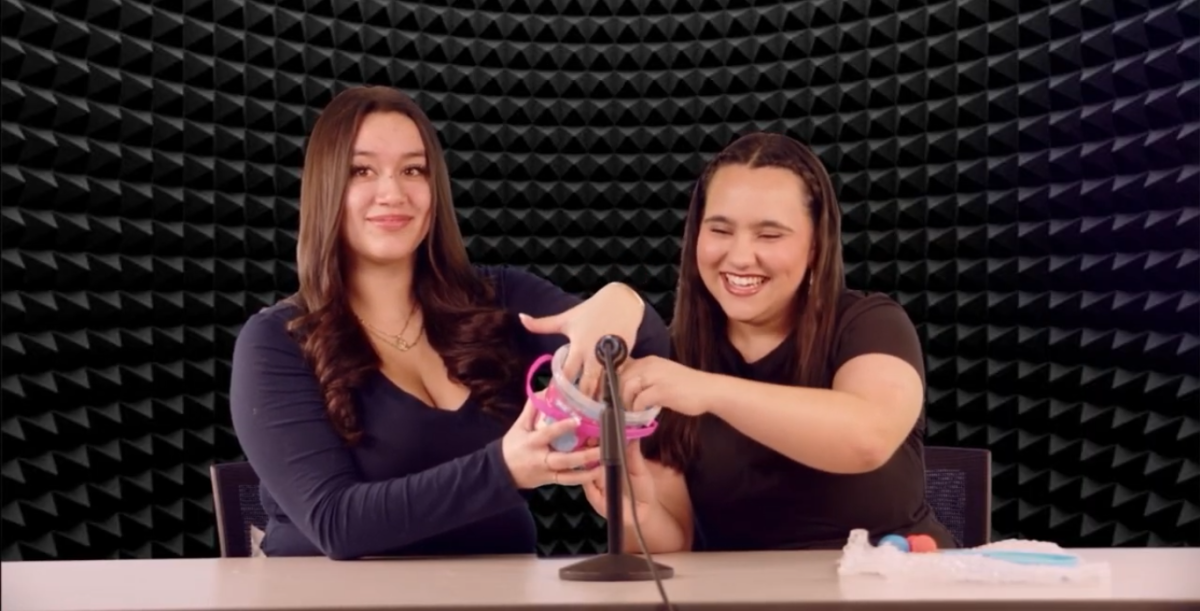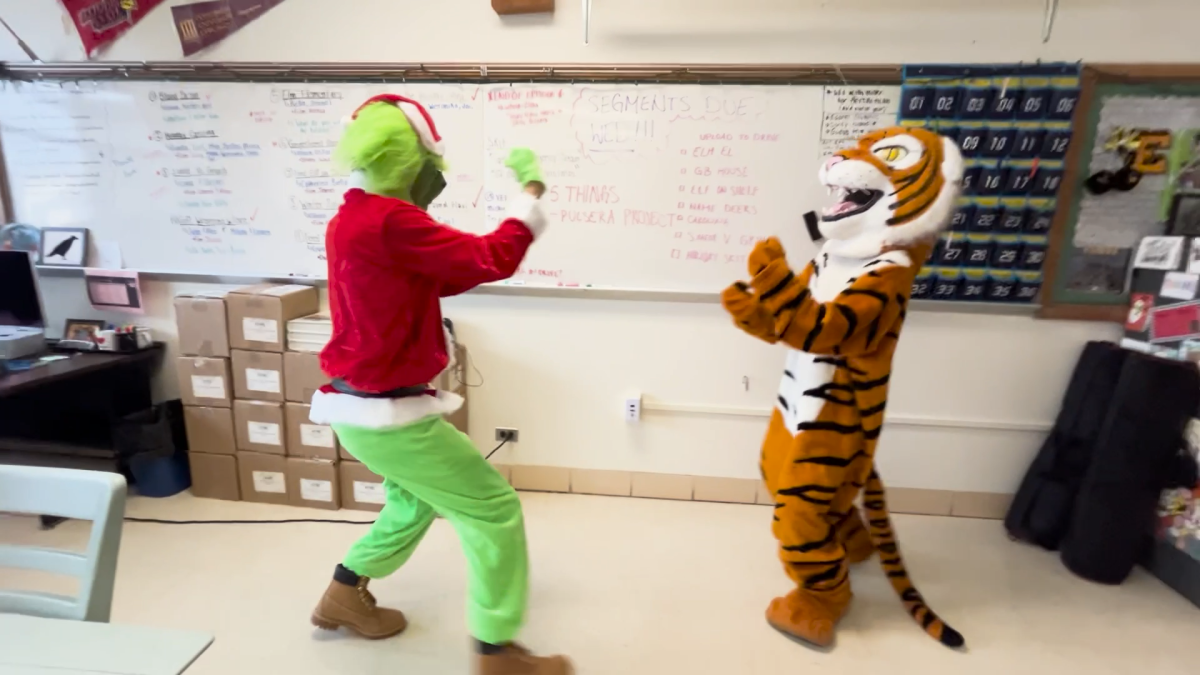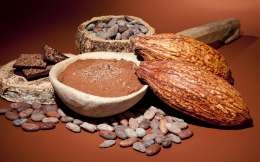
The Olmec civilization
Dating back to 1500 B.C., cocoa beans were found in ancient Mesopotamia (present day Mexico). In Latin America, the earliest civilization, the Olmecs, were the first civilization to turn cocoa plants into chocolate. The Olmecs created chocolate as an alcoholic ceremonial drink in which they drank it during rituals or as medicine. This discovery was found when the National Museum of the American Indian detected traces of theobromine–a type of caffeine–in the pots and vessels the Olmecs used. Cocoa bean remnants were also found in burial pits alongside human sacrifice victims.
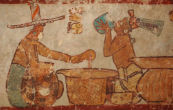
Mayans adaptation of chocolate
By 600 B.C.E., the Mayans got their hands on cocoa beans and created their own version of chocolate. It is implied that the Olmecs had passed down their knowledge of chocolate to the Mayan civilization in South America. In Maya written history, it is said that the Mayans revered chocolate and drank it on a daily basis with every meal, even using it for celebrations or for important transactions. Chocolate was an important part of their culture and was accessible to everyone. The Mayans made their chocolate by roasting the grounds of cacao seeds mixed with chili peppers, water, or honey. Their chocolate had the consistency of a thick foamy beverage from using a technique in which they poured liquid chocolate from one pot to another. Similar to the Olmecs, in Maya mythology, Mayans would bury the disease with cocoa beans as a way to help the dead on their journey to the underworld.

Aztecs admiration for chocolate
By the 15 century, the Aztecs discovered cocoa trees that they believed was a gift from the god Quetzalcoatl since the tree was on a sacred mountain featured by Quetzalcoatl. Thinking cocoa beans were a gift from the gods, they valued them more than gold and used them as currency for food and other goods. Similar to the Mayans, the Aztecs enjoyed their chocolate in liquid form, which they called Xocolatl. But Xocolatl was mostly for upper-class individuals and was only given to lower-class people during important social events, milestones, or ceremonies, like marriage or for soldiers who came back from war. Not only was cocoa used for an enjoyable drink but as a medicinal beverage for illnesses because it contained various ingredients, like tree bark or opossum tail, depending on what type of sickness needing treatment. Unlike Xocolatl, this medical beverage was used by people of all classes to treat digestive illnesses, infections, heavy coughs, or fevers.
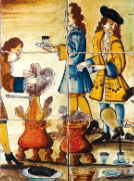
Chocolate reaches Spain
The time when chocolate reached Europe is unclear, but it is agreed that chocolate reached Spain first. There are stories about how chocolate came to Europe; some suggest that a Spanish conquistador, Hernán Cortés, was given cocoa beans by the emperor of Aztec when he was on a search for gold. After coming home, Hernán Cortés introduced the cocoa beans and gave them to the Spanish. Another story implies that Christopher Columbus found cocoa beans on a trade ship and brought them back to Spain in 1502. Regardless of how cocoa beans made it to Spain, chocolate was a much-loved indulgence by the late 1500’s and was imported by 1585. As other European countries like Italy and France visited Central America, they also learned of cocoa beans and started to make their own chocolate. The Europeans were not fond of the traditional bitter chocolate the Aztecs drank, so they put cane sugar, cinnamon, and other spices to make it sweet and suitable to their preferences. This is where the creation of a sweeter hot chocolate came from, unlike the traditional bitter hot chocolate the Olmecs, Mayans, and Aztecs drank. And similar to the Aztecs, this drinkable chocolate was considered an upper class indulgence and was not given to people of lower status.
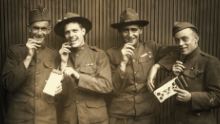
Chocolate enters America
Chocolate first arrived in Florida on a Spanish ship in 1641. And in 1682, it’s believed that the first chocolate house in America opened in Boston. By 1773, chocolate was a major American import and was enjoyed by every class as a sweet treat. Nearly 250,000 pounds of chocolate were imported to America between 1765-1773. During the Revolutionary War, lasting between 1775 to 1783, wounded soldiers were given hot chocolate to warm them up and provide a boost of energy. Sometimes they were even paid with chocolate instead of money. In 1775, Thomas Jefferson predicted that hot chocolate would be as popular as tea and coffee.
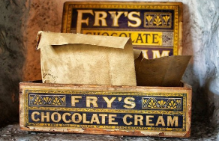
The invention of Cocoa Powder and Chocolate Bars
When chocolate came to Europe, it was a delicacy the rich could only afford. That is until Dutch chemist Coeraad van Houten discovered a way to use alkalized salt on cocoa beans to make powdered chocolate that could be easily mixed in with water. The process was known as “Dutch Processing” and the chocolate being produced was called Dutch cocoa. It is said that Van Houten created a cocoa press to inexpensively separate cocoa butter from cocoa beans to create cocoa powder. Dutch processing made chocolate more affordable to everyone and opened the doors for chocolate to be mass produced. Cocoa powder was an invention that helped create all the delicious desserts and candy people love today, including chocolate bars. In 1847, a British chocolatier named J.S. Fry & Sons created the first chocolate bar, which was molded from a paste made of sugar, cocoa powder, and cocoa butter. Several decades later, chocolatiers added milk powder to create milk chocolate bars. In the late 1800’s, chocolate was not smooth but rather chewy. To fix this problem, Swiss Rodolphe Lindt came up with a process called conching, a process in which a machine stirs the chocolate to the point of it becoming smooth to get that melt-in-your-mouth consistency. Many other companies started using the conching process to create their own smooth chocolate bars.
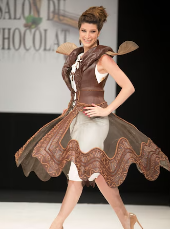
Chocolate in the 21st century
Most modern day chocolate is more sugar than cocoa, highly refined, and mass-produced. Prime examples of this include the top chocolate brands, like Snickers, Hersey’s, and Reese’s, who created their companies in the 1800’s-1900’s when the chocolate boom was at its peak. Chocolate keeps reinventing itself by being used to make a variety of different pastries and dessert items. About 2.8 billion of chocolate is consumed in America each year- that’s about 11 pounds of chocolate per person. The U.S. produces more chocolate than any other country in the world, but Switzerland consumes the most. Approximately $75 billion is spent yearly on chocolate worldwide. Unlike the beginning years of chocolate’s modifications, it now comes in many forms, including syrups, cakes, fudges, and so much more.
The rich history of chocolate through centuries has shown how much of an impact it brought to the world. Tracing its origins back to ancient civilization and seeing the global delicacy enjoyed by millions, chocolate has had a journey, reaching countries and continents, impacting cultural tradition and culinary innovations in society. Who knows what the next big chocolate innovation will be!














